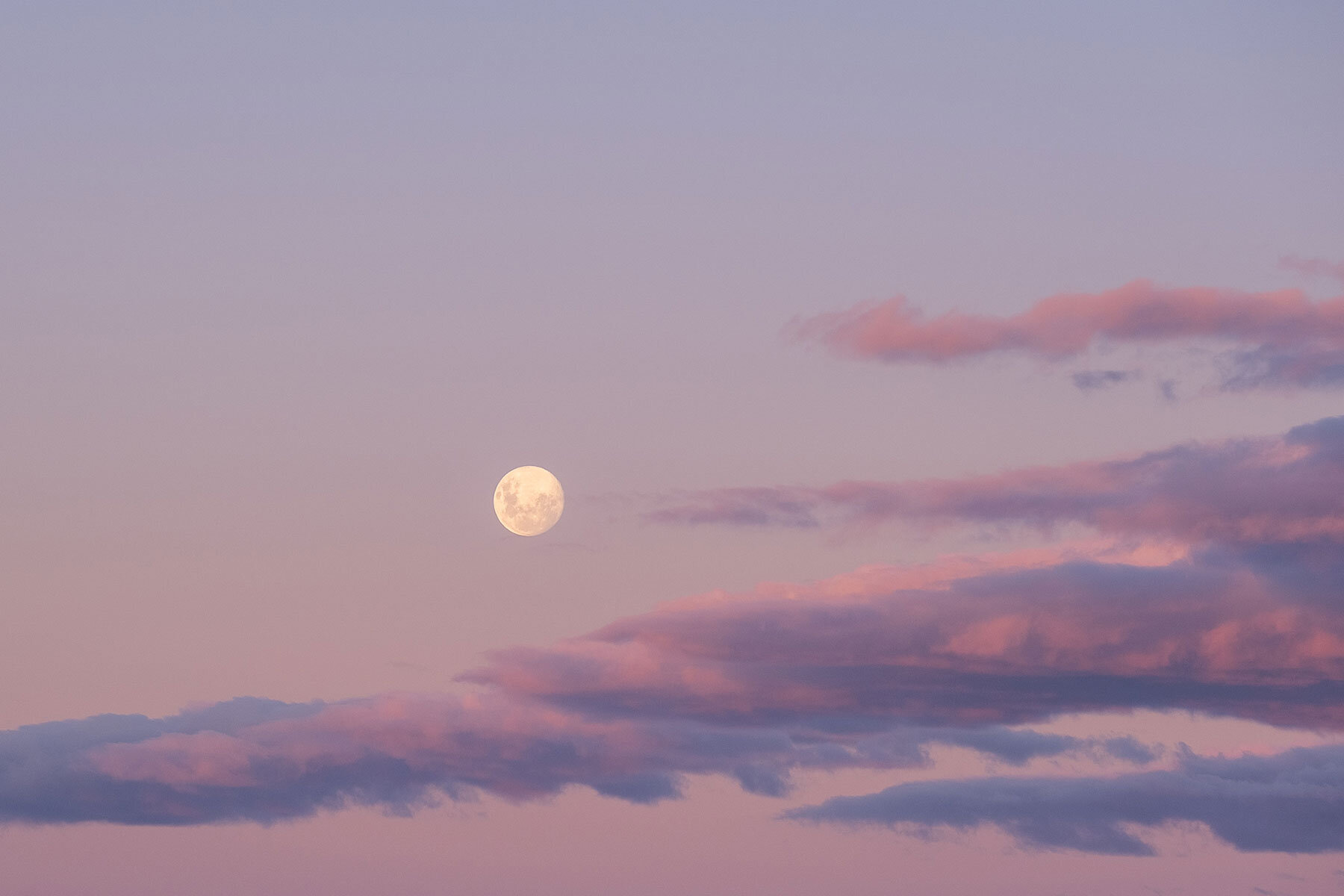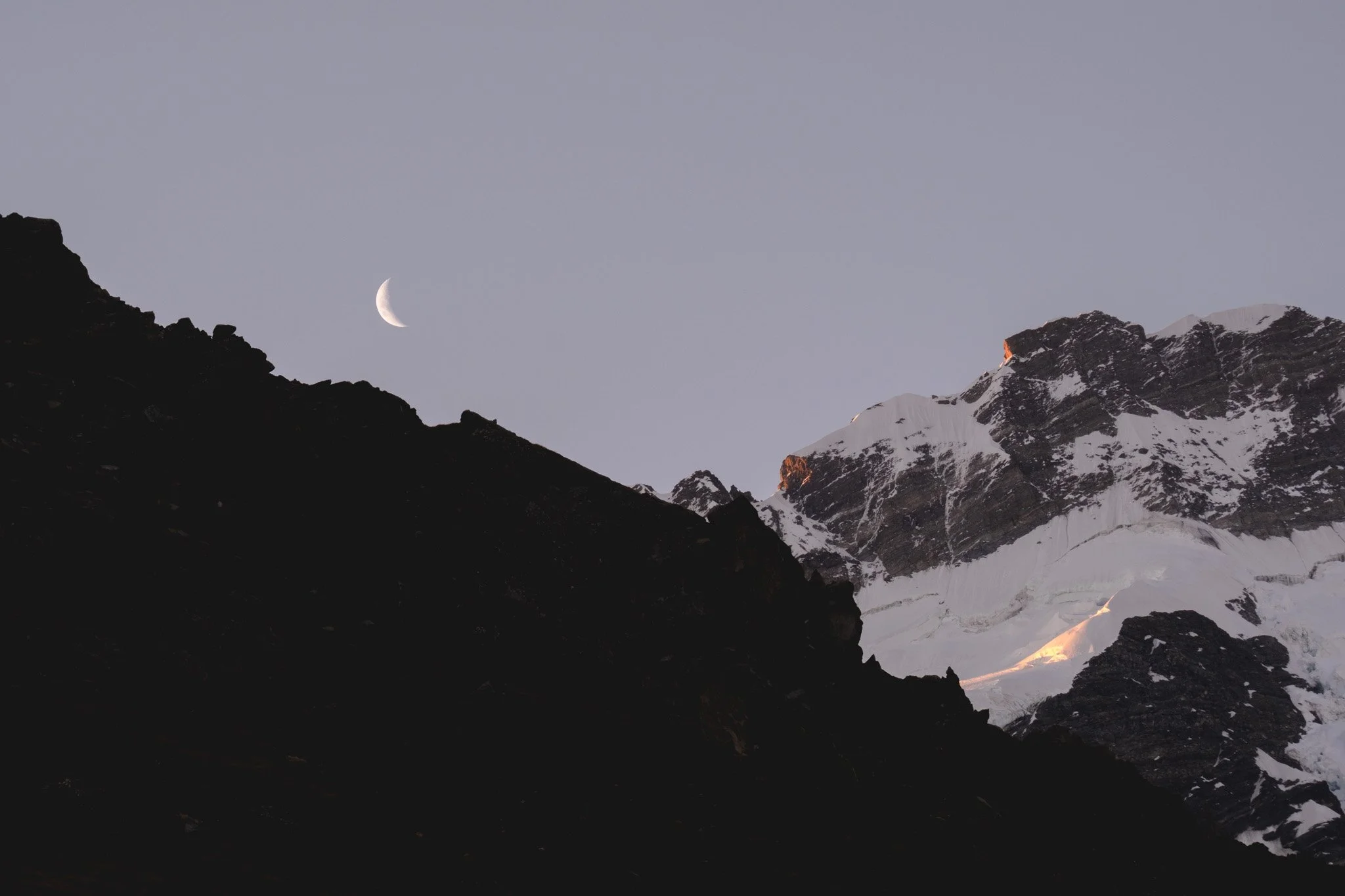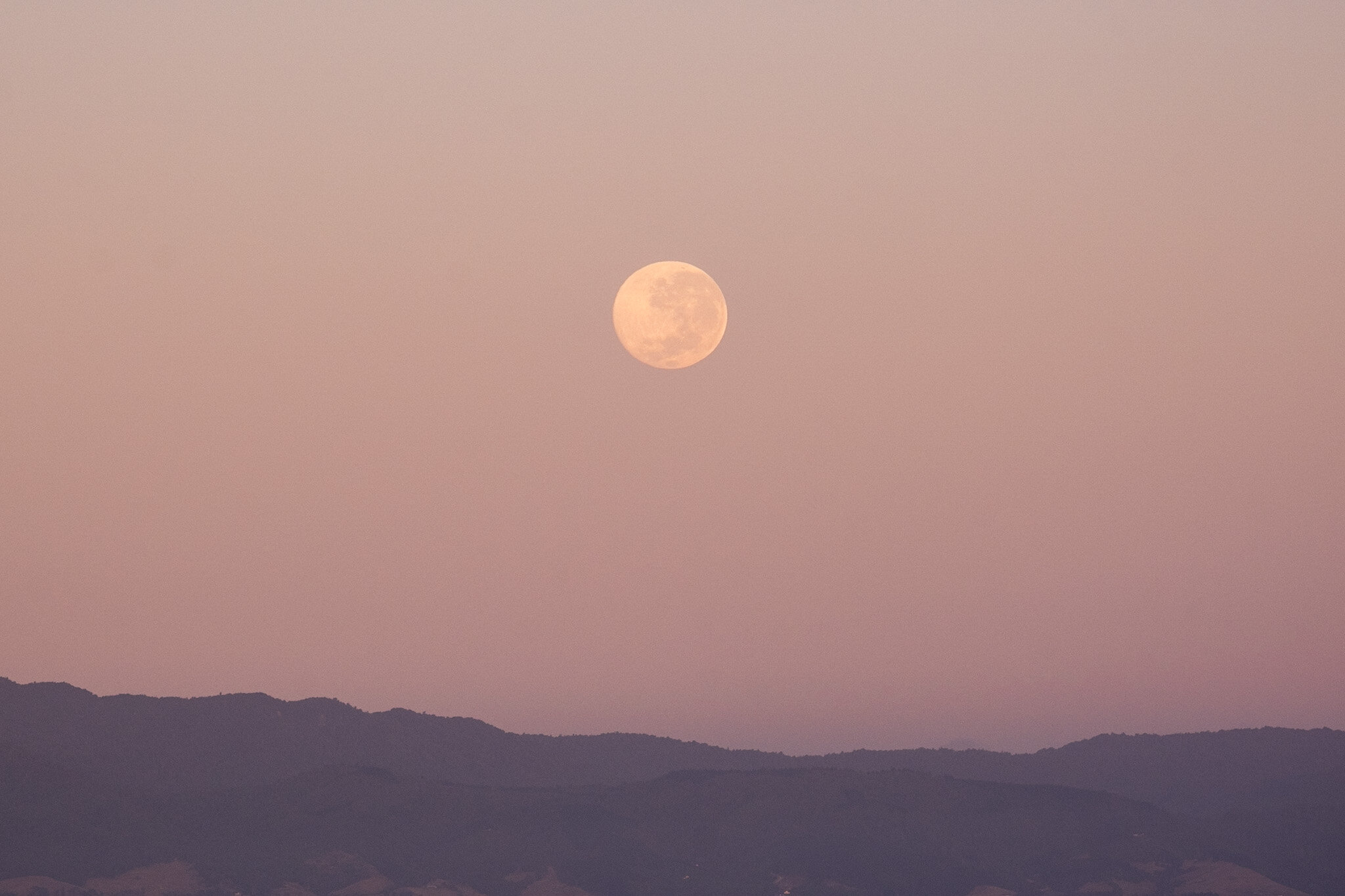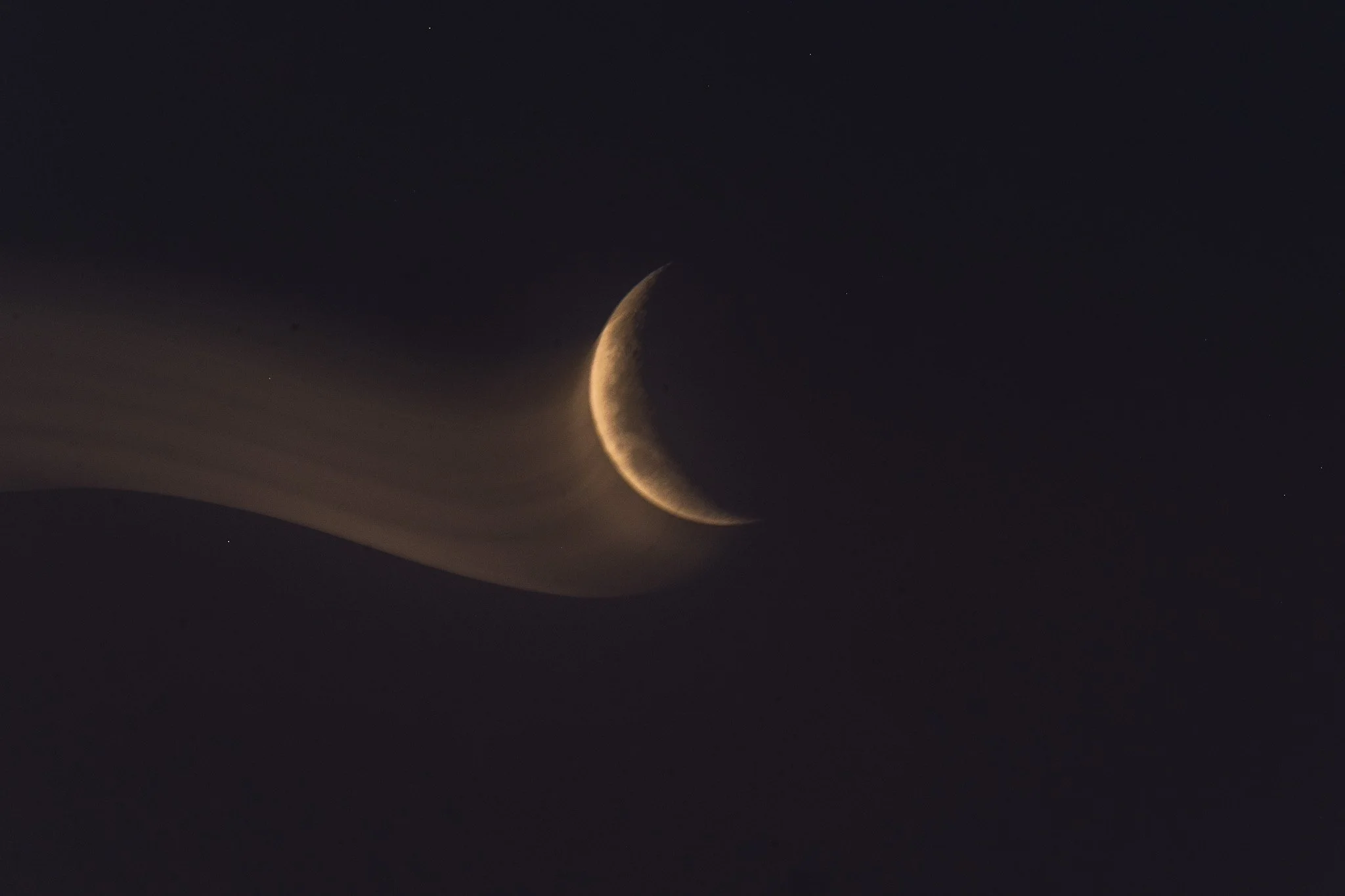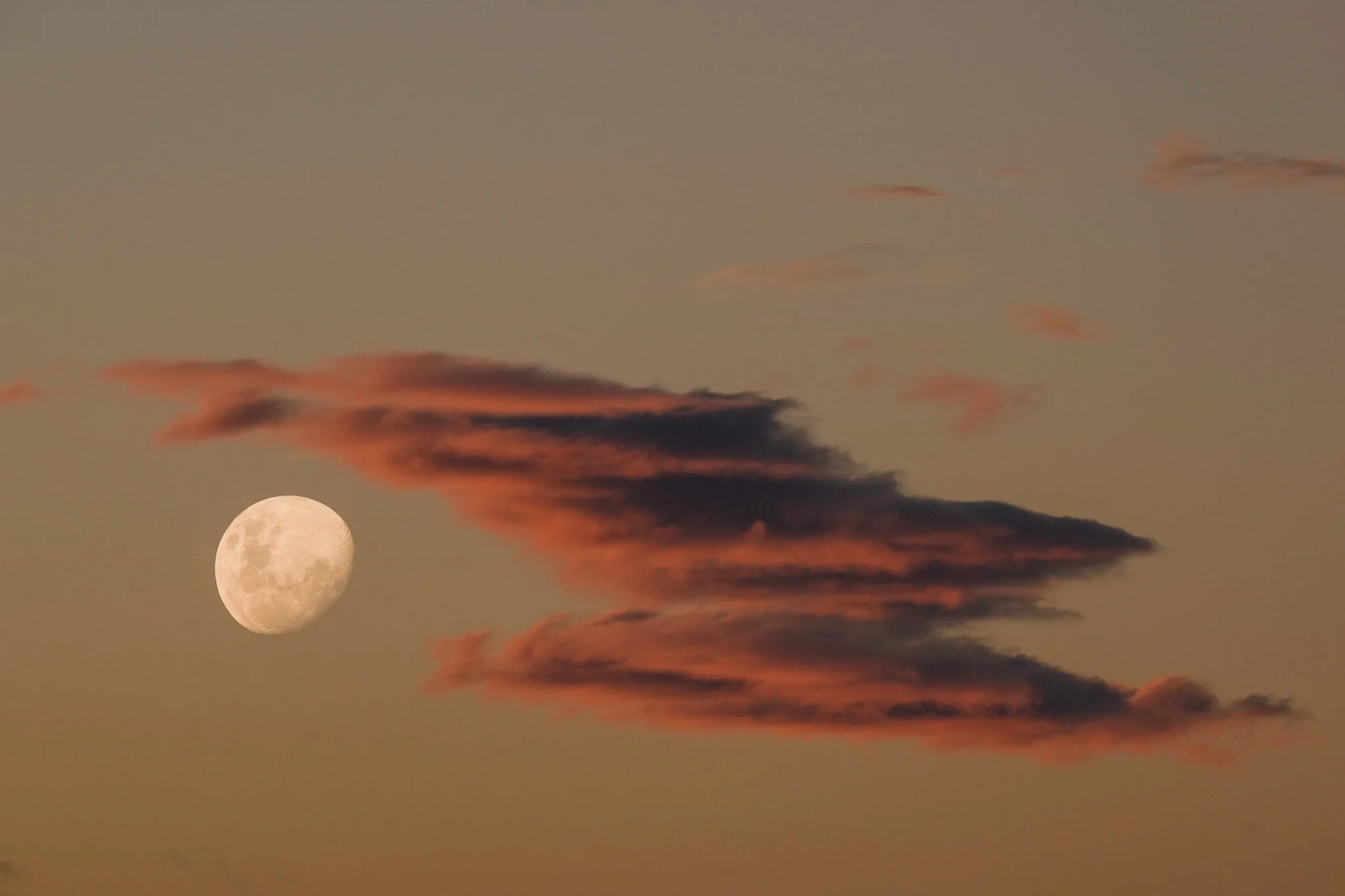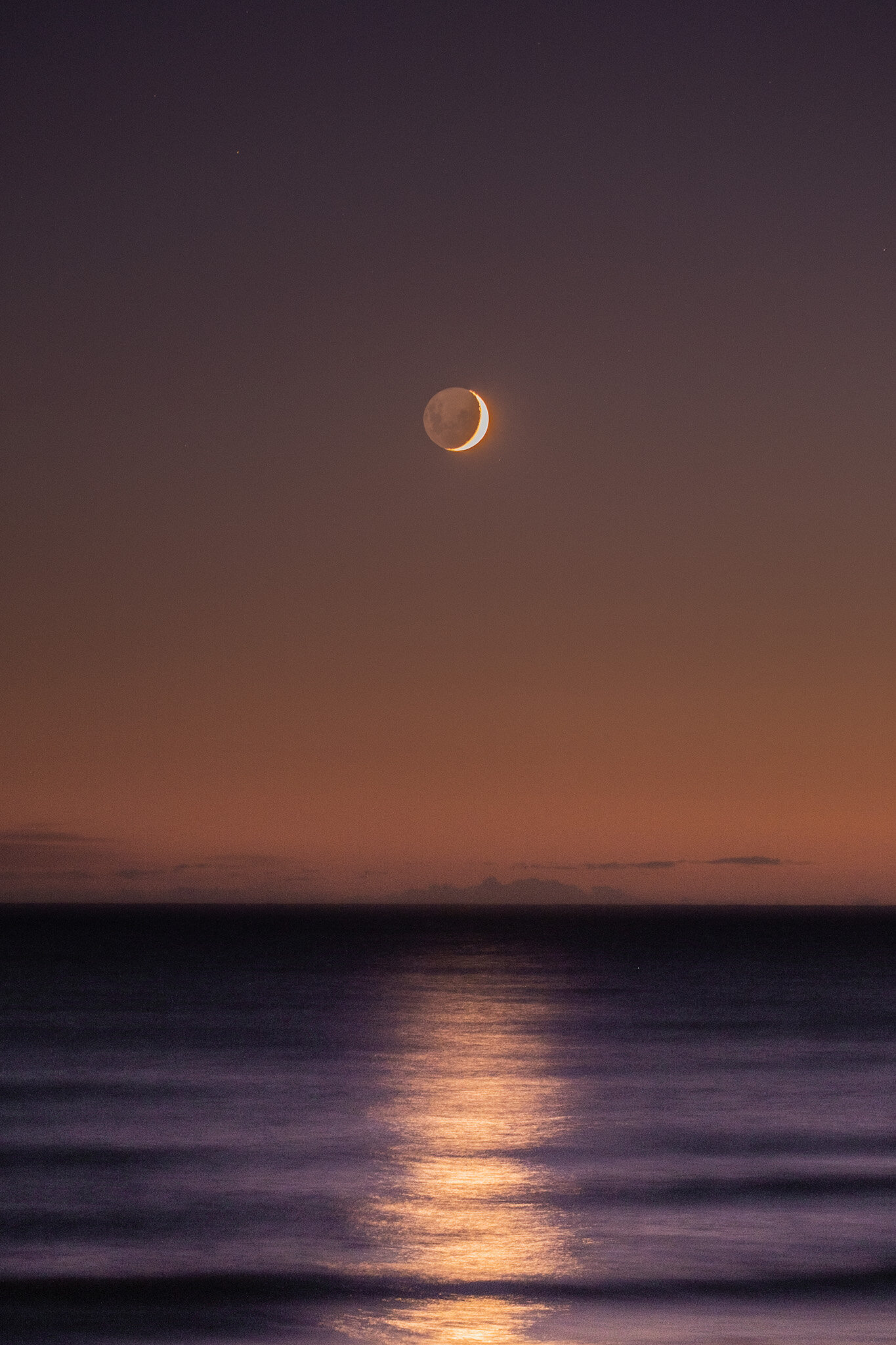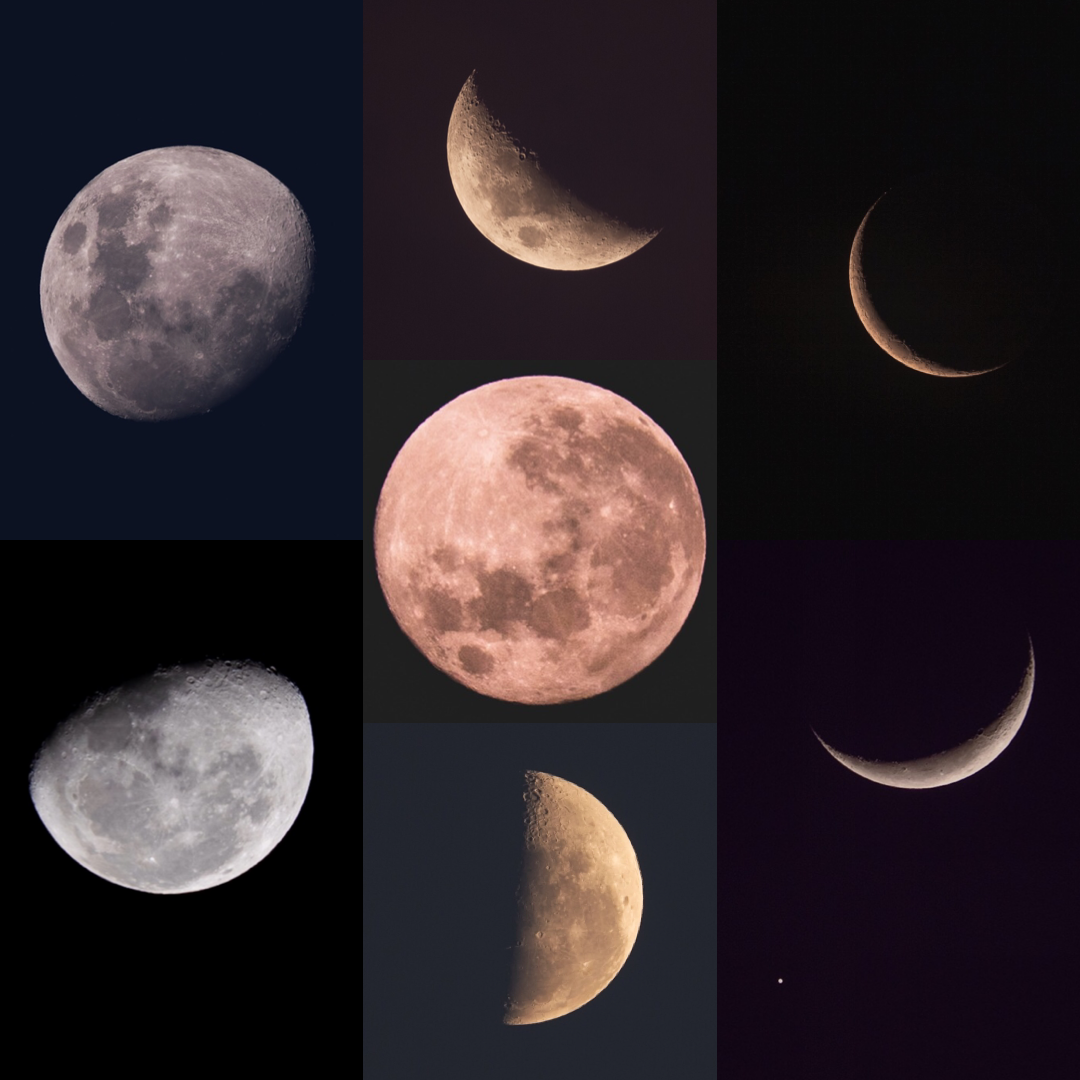10 Ways to Take Better Photos of the Moon
Photographing the moon is eye-opening; zooming in with a telephoto lens, viewing craters and, what looks like, fine silver stardust is enough to provide an entirely new perspective on this Earth-orbiting satellite.
After the initial “ooos” and “ahhhs” of capturing the moon up-close, that telephoto view on a black background becomes pretty old pretty quickly. If you have the craving to explore new ways of photographing the moon, this blog post is for you.
In this article I’ll share an insight into different ways I approach photographing the moon to keep my creative juices flowing and keep my audience engaged. While I love a classic zoomed-in photo of the moon, it’s definitely a shot that can be created by most photographers across the globe.
To me, photography is really about capturing unique moments, and that is what will set your creatively captured moon moments apart from the rest. Sometimes Mother Nature will provide you those unique moments, other times it’s about getting creative with composition and shooting technique.
In this blog post:
Tip 1: Use cloud formations and colors to complement the moon in frame
Tip 3: Try photographing the setting moon
Tip 4: Line up a subject in front of the moon
Tip 5: Look for interesting foreground subjects
Tip 6: Move the camera while photographing
Tip 7: xperiment with double exposure
Tip 8: xperiment with long exposure
Tip 1: Use cloud formations and colors to complement the moon in frame
Set up your composition by looking for different cloud formations and colours in the sky during blue and golden hours which will complement the moon in frame. In this example, the rich pinks and purples create that candy floss cloud effect and frame the moon beautifully with a balance between negative space in the top left and colour and texture in the bottom right. The moon is purposefully off-centre which works in this composition because the clouds to the right act as leading lines towards the focus subject - the rising waxing gibbous moon.
Fujifilm X-T3, 100mm, SS 1/125, f/5.6, ISO 80 | Buy this as a print
Tip 2: Use blue & golden hour
Use blue and golden hour to your advantage while the moon is not as bright and the background offers a range of rich blue colours depending on level of darkness. In the shot below I use the dwindling backlight as an opportunity to silhouette the hill in front of the mountain and attempted to capture those last rays of sunlight on the mountain in the background, using these to frame the moon as it was setting in the sky.
Fujifilm X-T3, 100mm, SS 1/60, f/8, ISO 160
Tip 3: Try photographing the setting moon
Try photographing the setting moon to discover a different side of the moon. In this example, I caught the moon as it descended in the sky at sunrise after the full moon and framed it with an almost silhouetted mountain range. I love the colours from this time of day which look almost sepia making the moon appear a soft gold in colour.
Fujifilm X-T3, 386mm, SS 1/125, f/11, ISO 400
Tip 4: Line up a subject in front of the moon
Line up a subject in front of the moon (I use the Photopills app to help me achieve this) when it’s rising or setting. There’s a fair bit of maths and location searching involved and it’s a nerve-wracking but exciting moment when the moon rises and you nail - or fail - the shot. I’ve had many months of fails and about two shots that have worked out somewhat near how I wanted them. I’m not a mathematician so I struggle with that side of things, but I follow the advice on this blog plus a good old biro drawing (aka my shoot plan) and a lot of obsessing over location.
Fujifilm X-T3, 400mm, SS 1/30, f/16, ISO 250 | Buy this as a print
Tip 5: Look for interesting foreground subjects
Look for interesting foreground subjects to help frame the shot. In this example - which was literally shot in my back garden - I use a tree to help frame the moon and finish off the composition with the candy coloured cloud. Play with aperture to see how this affects your foreground subject - do you want it totally blurry? Do you want it as crisp as possible? What happens if you dial the f. stop right up and decrease the shutter speed? There are numerous different ways the below photo could have been shot!
Fujifilm X-T3, 400mm, SS 1/125, f/10, ISO 160
Tip 6: Move the camera while photographing
Move the camera while photographing the moon using a slower shutter speed to create the feeling of movement and an abstract image. You’re far more likely to create unique images when working with the notion of serendipity - moving the camera, particularly with a telephoto lens attached can be cumbersome, so you’ll likely take many shots and choose the one that works.
Fujifilm X-T3, 560mm, SS 1/2, f/32, ISO 250
Tip 7: Experiment with double exposure
Experiment with double exposure to find new compositions and create different effects with scale. The example below is a double exposure. In reality, the cloud was due north and the moon was in the east but I wanted to capture the moon against the amazing colours being thrown across the cloud. You have the artistic license to do this, be playful and experiment!
Fujifilm X-T3, 271mm, SS 1/125, f/13, ISO 160
Tip 8: Experiment with long exposure
Experiment with long exposure to capture parts of the composition that may have movement (such as clouds or - in this example below - water). While photographing the moon as a long exposure is sometimes very tricky because of how much light it gives off, the scenario in the shot below allowed for long exposure and actually the technique really leant itself to this moment managing the capture the dark side of a crescent moon while not over exposing the lit slither.
Fujifilm X-T3, 100mm, SS 3 sec, f/4.5, ISO 200 | Buy this as a print
Tip 9: Use post processing as a technique
Use post processing as a technique to create a strong graphic design with your photos. While I prefer to create images in-camera, presenting your images can be game changing when it comes to storytelling. As I mentioned in the intro, I got bored of creating crisp, zoomed in images of the moon but here I have compiled a selection of images I’ve snapped and organised them into a pleasing composition to show one lunar cycle.
Tip 10: Keep your eyes peeled for rare lunar events
Keep your eyes peeled for rare lunar events in your country. Shooting a rare lunar event relies heavily on location and weather conditions (i.e you need clear skies). I was really lucky with the two blood moon eclipses of 2021 with clear skies in New Zealand. Think about how you want to present your final image as this will help inform how you shoot. For example, do you want to just show the moon in eclipse? Or do you want to show the moon in its various stages as it moves into eclipse? Can you use any of the other 9 techniques in this blog post to make for a unique image? These are all questions that only you can answer, but you’re sure to get some rad results!
Fujifilm X-T3, 400mm, SS 1/2, f/5.6, ISO 1250
My favourite part of photographing the moon is that it has helped me understand the cycle of the moon, allowed me to witness rare lunar events and how the whereabouts of the moon affects the tide. The biggest thing I’ve learned is that those elements - and us - are all inherently interconnected. Which continues to inspire future projects and works.


